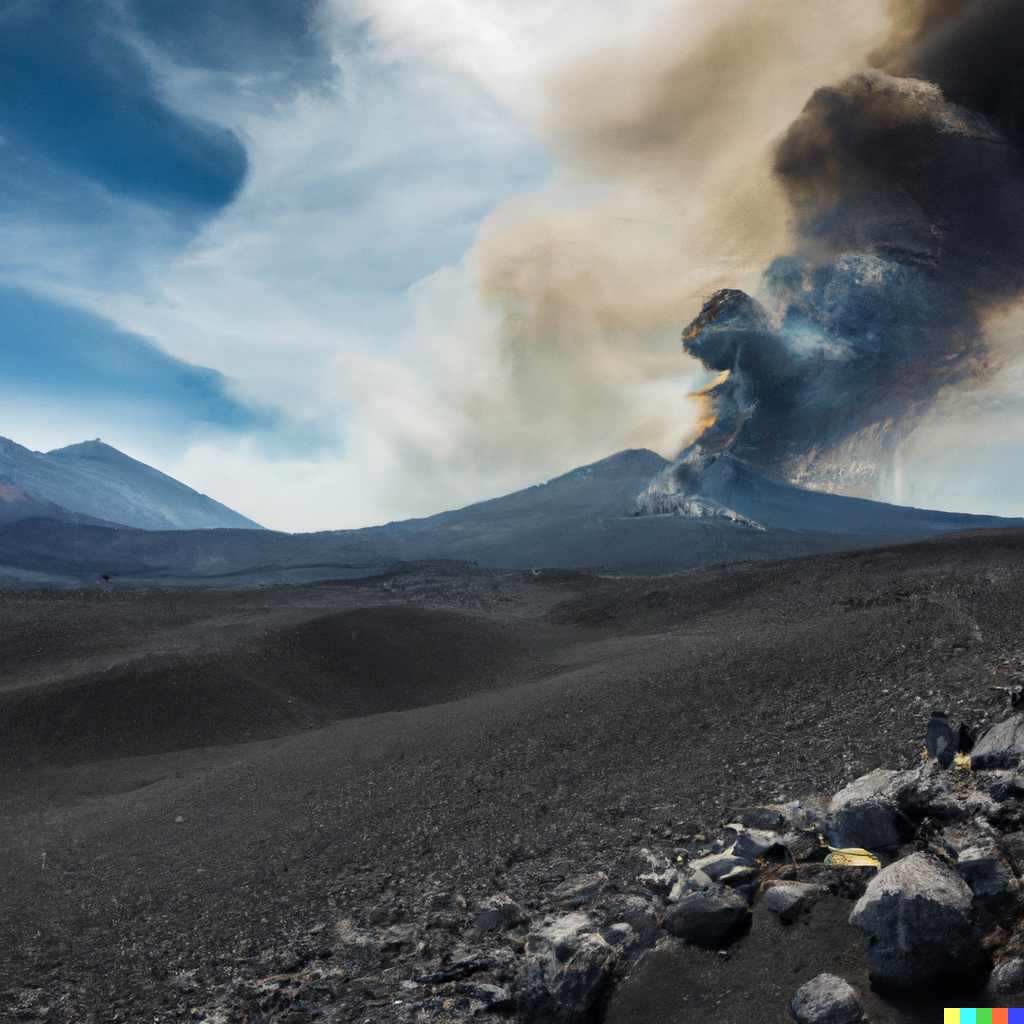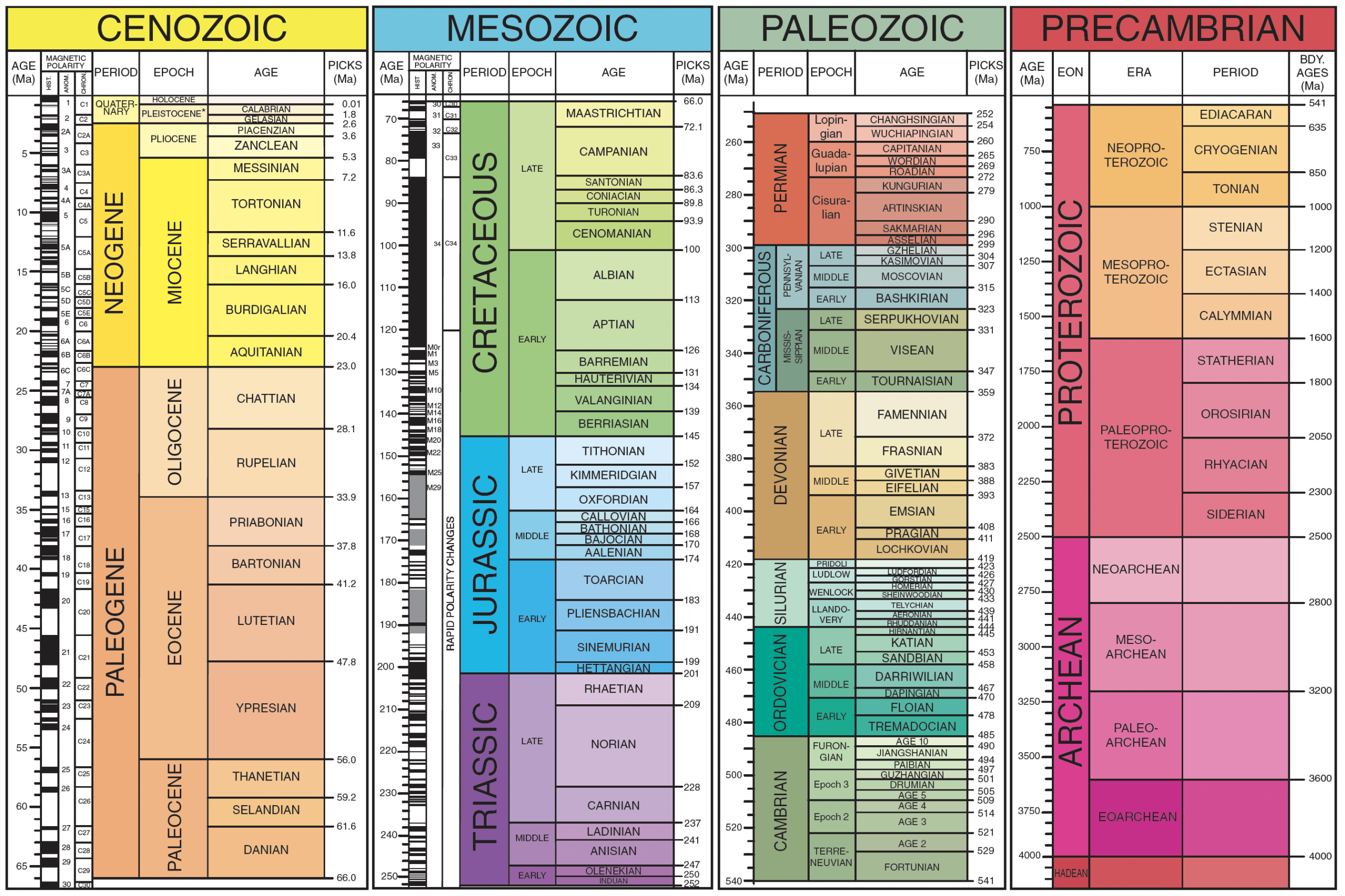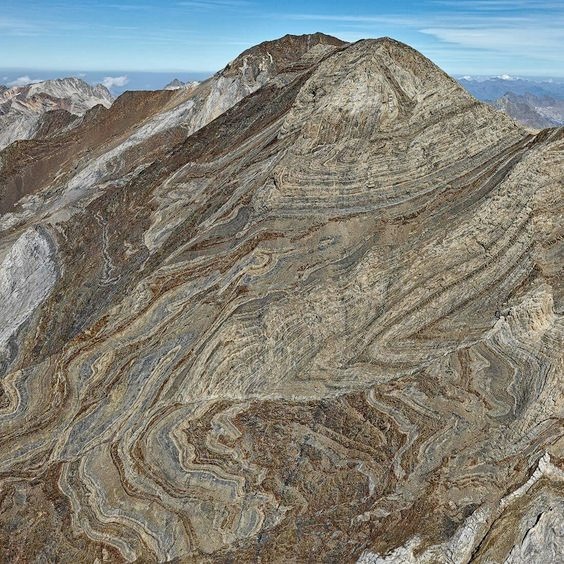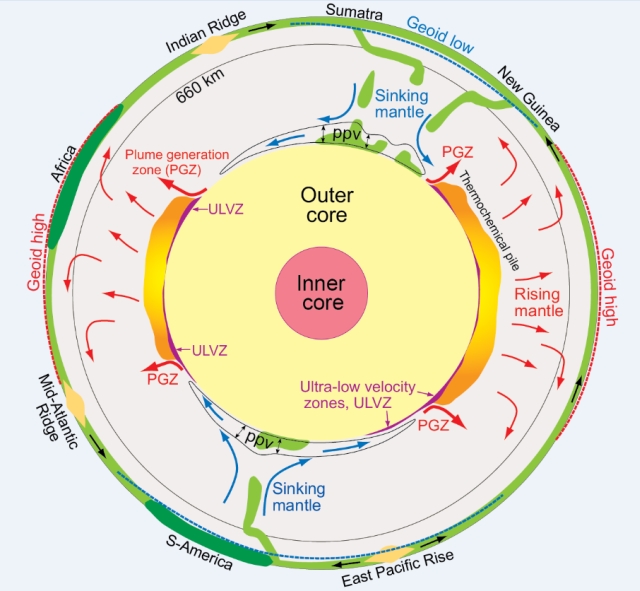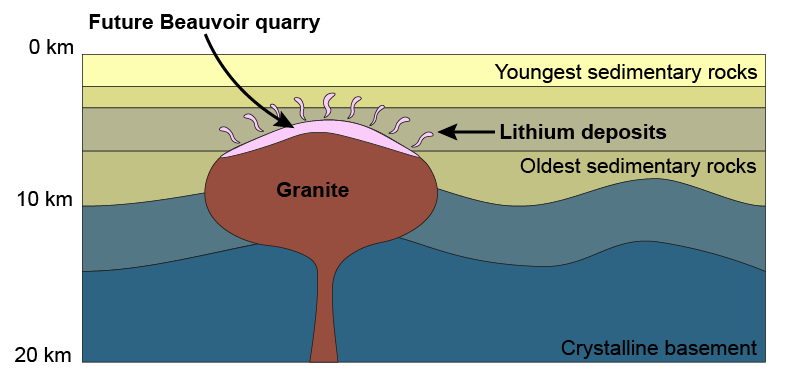-
Stage 1: Volcanic cathedral
At the Grand Départ in Clermont Ferrand we find a volcanic cathedral built with materials from the nearby Chaine des Puys.
-
Stage 2: Sparks
Another of volcanoes in the Massif Central but the sparks have long gone. Hopefully the race will add some sparks!
-
Stage 3: Hard rocks
Eclogite is one of the hardest rocks there is. Yvonne Brière used these hard rocks to prove her thesis to become a female pioneer in geology.
-
Stage 4: Fossils
Fossils can be found in all of France. We find a lot along the Lot river in today’s stage due to the special geological circumstances here.
-
Stage 5: Rock it
Our race course today will rock it. Literally. The geological history of the Tarn and Aveyron at your footsteps, or wheels.
-
Stage 6: Eels
Conodonts are eel-like animals but they are extinct. The last fact helps us learn about geological time scales in great precision.
-
Stage 7: Stressed
Mountain are like people. They get stressed and sometimes even a complete meltdown. The Pyrenees show what happened then.
-
Stage 8: The future of the past
The future of the past is a bit cryptic. It’s where geology comes in to predict the future climates looking at the past.
-
Stage 1: Steep climbs
In the Basque Country where we start the Tour de France 2023 big geological events lead to steep climbs over millions of years.
-
Stage 2: Karst
You don’t always need big geological events for breathtaking scenery. Sometimes the subtle influence of karst can make all the difference.
-
Stage 3: Treasure trove
Zumaia is a treasure trove where giant clams tell us what time it is and what exactly happened right here seeing through time.
-
Stage 4: Invisible mountains of salt
Invisible mountains of salt of the Hors Category underneath the Tour de France stage 4 won’t get you any polkadot points
-
Stage 5: Mountain jersey
The mountain jersey in the Tour de France is white with red dots but it should actually be green with red dots. Let us explain why.
-
Stage 6: Wilson
Wilson? Is there a guy named Wilson in the Tour? Not as far as we know but Wilson does play an important role in the area we are racing in.
-
Stage 7: A glass of wine
A glass of wine with millions and millions of years of history. The secret is all in the soil of the Bordeaux region.
-
Stage 8: A mysterious meteorite crater
A mysterious meteorite crater in the south of France proves many things and leaves even more questions.
-
Stage 9: Explosive days
Explosive days are common in the mountains during the Tour de France. The Puy de Dome is particularly explosive due to its rich geological history.
-
Stage 10: A fiery mystery
Why are there volcanoes in the Massif central. That’s a bit of a mystery, a fiery mystery so to speak. We give you some clues!
-
Stage 11: White jersey
The white jersey is one of the four coveted jerseys in the Tour de France. Today we explore white from kaolinite and battery power on the course.
-
Stage 12: Devonian Park
Devonian Park sounds like a lovely place to take a stroll? Well not exactly. Join us on a voyage through hundreds of millions of years and to the ocean that spanned across France.
-
Stage 13: Frog legs and dinosaur feet?
On today’s stage we find ponds with frog legs and traces of dinosaur feet indicating gigantic animals. Or were they?
-
Stage 14: Force of nature
Tour de France riders can be a force of nature. Today’s mountain stage shows us the gigantic forces that created mountain ranges.
-
Stage 15: Mighty mountains
Mighty mountains on today’s route and during the many helicopter shots that we will get to see. However, never forget the dangers.
-
Stage 16: A short history of
Stage 16 is only a short one but the history leading to the scenery we see today is all but a short history.
-
Stage 17: Water and ice
There is no place where water and ice play such a big role in the Tour de France as today. Climate change sadly also does.
-
Stage 18: A change of scenery
A change of scenery from the high Alps to the Bresse Basin. We meet tablecloths, dinosaurs and big salt deposits today.
-
Stage 19: Big feet
We race through the Jura and find traces of the Jurassic age of dinosaurs. But did their big feet really leave three-meter wide footprints?
-
Stage 20: It’s complicated
The geology of the region we are racing in today is complicated. And so is our blog but after 20 days of Tour de France geology, you are basically experts.
-
Stage 21: Toads
Toad? Super Mario? On today’s stage on the Champs Elysées. It sounds weird but the history of the ‘Champs’ goes back 600 million years.








